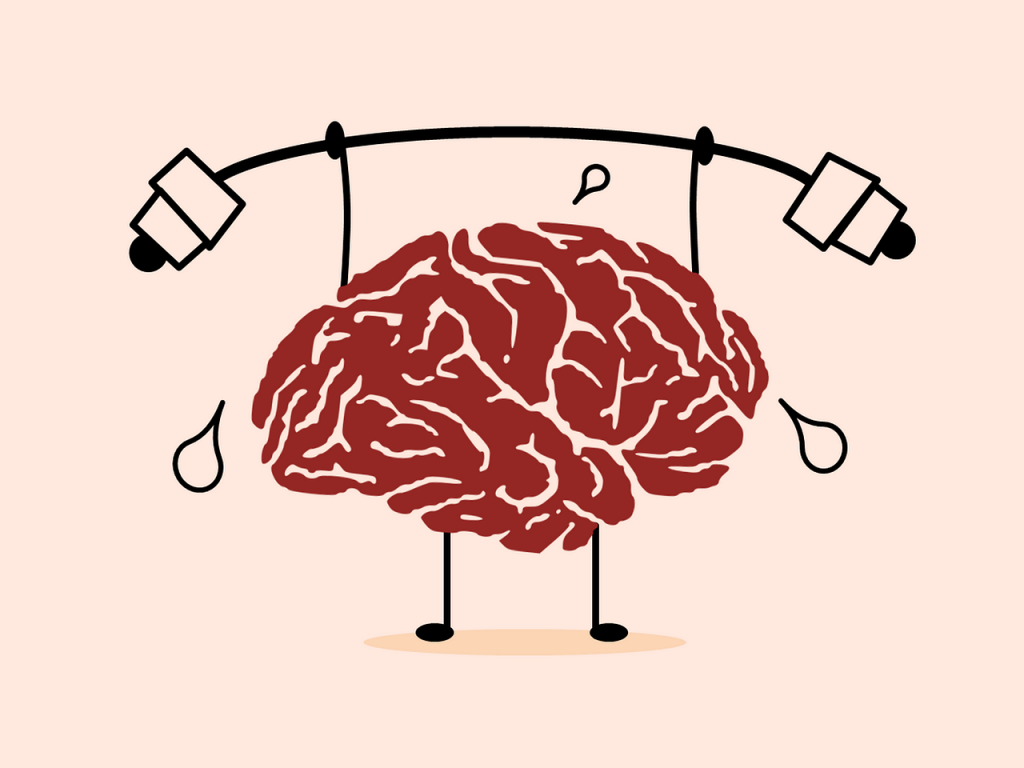Linking New Habits to Familiar Actions
Connecting new behaviors to established routines is a subtle yet powerful method of embedding lasting changes in our lives. This strategy simplifies integration, making new habits nearly seamless as they piggyback on existing behaviors we perform effortlessly every day.
The Science Behind Habit Stacking
The concept of habit stacking leverages the brain's propensity to form associations. Our cognitive processes are naturally inclined to link events, and habit stacking taps into this by using existing habits as cues for new ones. According to recent studies, this approach significantly boosts adherence rates. For instance, a study found that participants who associated flossing with brushing increased their adherence by 67%. By reducing cognitive load, habit stacking eases the initiation of new actions, increasing the likelihood of sticking to them over time.
Implementing Habit Stacking
To successfully practice habit stacking, one must first identify a set of reliable anchor activities: actions you perform consistently daily, such as brushing your teeth or making your morning coffee. Once these are established, the next step involves linking a new habit to these anchors. For example, if desiring to incorporate meditation into your routine, one might decide: "After I finish my coffee, I will meditate for five minutes." This explicit pairing ensures that the old behavior naturally triggers the new, facilitating habit integration with reduced mental effort.
Practical Examples and Tips
Here are actionable habit stacking examples:
- Morning Routine Integration: After waking up and turning off your alarm, perform ten squats.
- Dental Health: Post-brushing, ensure to floss.
- Workplace Activity: Following lunch, take a brief ten-minute walk.
- Mindfulness Practice: Before heading out, reflect on three things you're grateful for after locking the door.
To improve success rates, start with one or two habits, be explicit about triggers and objectives, and select compatible behaviors. Perseverance and tracking your progress are essential in cultivating long-term habit adherence.
From Motivation Cycles to Daily Routines: Mastering Healthy Habits
Motivation, while important, is a fleeting spark. To sustain changes, one must fortify this initial drive with consistent routines and a supportive environment.
The Structure of Daily Routines
Transitioning motivation into lasting action involves embedding new behaviors into daily patterns. Routines require less cognitive engagement over time, making habits naturally more automatic. The trick lies in shaping these routines to seamlessly incorporate new objectives.
Behavioral Triggers and Environmental Design
Behavioral triggers are vital in forming and sustaining habits. These can be internal (such as emotional states) or external (visual cues like a packed gym bag). By manipulating these triggers within one's environment, habits become almost effortless. For instance, placing a water bottle on your desk encourages hydration, or setting fitness attire by the door can prompt a spontaneous workout.
Building a Supportive Environment
A conducive environment is key to maintaining positive habits. A clutter-free space aids focus, while stocking up on nutritious snacks promotes healthy eating. Surrounding oneself with supportive individuals further bolsters adherence, creating an ecosystem where healthy behaviors can thrive.
Breaking Bad Habits: The Synergy of Triggers and Long-Term Adherence
Eliminating detrimental habits requires a strategic understanding of the mechanisms that sustain them and implementing practical solutions to disrupt these patterns.
Identifying and Disrupting Triggers
Understanding what initiates a bad habit is the first step toward change. These triggers, be they emotional or environmental, need identification. Keeping a journal tracking when and where these habits occur can reveal patterns. Once identified, altering the environment or response can help in breaking the cycle. For instance, if emotional stress leads to unhealthy snacking, replacing this with a positive alternative like exercise can effectively shift the response.
Self-Compassion and Progress
Breaking habits isn't a linear journey; slip-ups are natural. Practicing self-compassion rather than criticism aids resilience. Learning from missteps and swiftly returning to your path is the essence of maintaining progress.
The Role of Instant Gratification in Sustaining Healthy Behaviors
Intrinsic motivation often falters due to delayed gratification, overshadowed by the quick rewards of unhealthier choices. Addressing this gap is vital for persistence in healthy habit formation.
Techniques for Incorporating Gratification
Introducing immediate rewards into healthy routines can enhance their appeal. Utilizing fitness apps offering instant feedback encourages persistence by visibly acknowledging achievements. In one experiment, instant post-exercise feedback increased activity by 40%. Such strategies make healthy choices appealing and rewarding.
Gamification: Making Routine Engaging and Fun
Gamifying routines through apps or social competitions can inject excitement and engagement. Tracking progress via wearables and setting challenges adds a layer of fun, transforming mundane tasks into quests that drive involvement and adherence.
Emphasizing Intrinsic Rewards
Besides external incentives, focusing on the internal satisfaction from healthy behaviors fosters long-term commitment. The emotional and physical benefits of regular exercise or balanced nutrition, like enhanced mood and energy, offer immediate gratification that reinforces these positive changes.
The art of stacking, understanding behavioral triggers, crafting supportive environments, and leveraging cognitive design and AI tools collectively form a comprehensive strategy for fostering both new habits and dismantling old, unproductive ones. Together, these approaches empower individuals to transform their lifestyle and well-being in deeply meaningful ways.
Q&A
-
What is habit stacking and how can it improve daily routines?
Habit stacking is a strategy used to build new habits by leveraging existing ones. By linking a new habit to an already established behavior, you create a chain of actions that become easier to remember and execute. For example, if you want to start meditating daily, you could stack it with your morning coffee routine. This method improves daily routines by creating seamless transitions between actions, reducing the mental load of remembering to perform the new habit.
-
How do behavior triggers facilitate breaking bad habits?
Behavior triggers are cues that prompt specific actions. Identifying and modifying these triggers can help in breaking bad habits. For instance, if stress triggers you to smoke, finding alternative stress-relief methods like deep breathing or exercise can replace the smoking habit. By consciously altering the triggers, you disrupt the automatic response, making it easier to replace negative behaviors with positive ones.
-
What role do motivation cycles play in long-term adherence to new habits?
Motivation cycles refer to the fluctuating levels of motivation individuals experience over time. Understanding these cycles is crucial for long-term adherence to new habits. During high motivation phases, it's beneficial to set up systems and reminders to support habit continuation during low motivation periods. This approach helps maintain consistency and prevents relapse into old behaviors, ensuring long-term success.
-
How can one maintain motivation cycles to ensure long-term adherence?
To maintain motivation cycles, it’s important to set realistic goals, track progress, and celebrate small victories. Regularly reviewing and adjusting your goals based on progress can keep motivation levels high. Additionally, seeking support from peers or mentors and integrating rewards for consistency can sustain motivation, making it easier to adhere to new habits over the long term.
-
What are some effective strategies for breaking bad habits permanently?
Breaking bad habits permanently requires a multi-faceted approach. Firstly, identify the habit's triggers and replace them with healthier alternatives. Secondly, use habit stacking to build positive routines that naturally phase out the negative behavior. Additionally, maintaining awareness of motivation cycles and preparing for low motivation periods with strategies like accountability partners or reminders can support permanent change.








